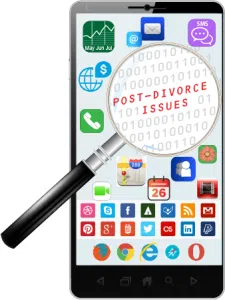When Should You Delete Evidence?
At the conclusion of the divorce case, both you and your client have a lot to do. We’re here to talk about data and digital evidence. During litigation, you risk spoliation by deleting evidence. But once the case is over, you may expose yourself to other risks by failing to delete.
Above all, your client should delete and destroy all computer and cell phone evidence when the case ends. In particular, they should delete all evidence related to property or finances. Failure to do so can leave your client vulnerable to claims of identity theft or information misuse by the ex-spouse.
Equally important, Lawyers should forensically delete all electronic data (computer, hard drives, cell phones) related to the case. Lawyers have a duty to protect client confidentiality and should minimize any exposure to claims of malpractice or code of ethics violations arising out of the accidental release or theft of electronic information of the parties to the divorce.

When we Delete Evidence
As you can imagine, as forensic analysts, we have a lot of data on our servers. Thus, we prefer to delete forensic images in our possession as soon as you no longer need it for current or future litigation. In fact, our clients tend to request we forensically delete the data when the case was resolved by judgment and all appeals periods have passed, or when resolved by settlement.
What are Forensic Images?
The forensic images I am referring to is the source data. Think of it like all the original data stored on your client’s computer and or phone. We delete this evidence after the case ends. There are operating systems files (e.g., Windows); program files (e.g., Microsoft Office and Adobe PDF); and files that did not fall within the relevant date range, or did not contain any search terms per the protocol.
Have more questions? Call us at (800)348-4698.
